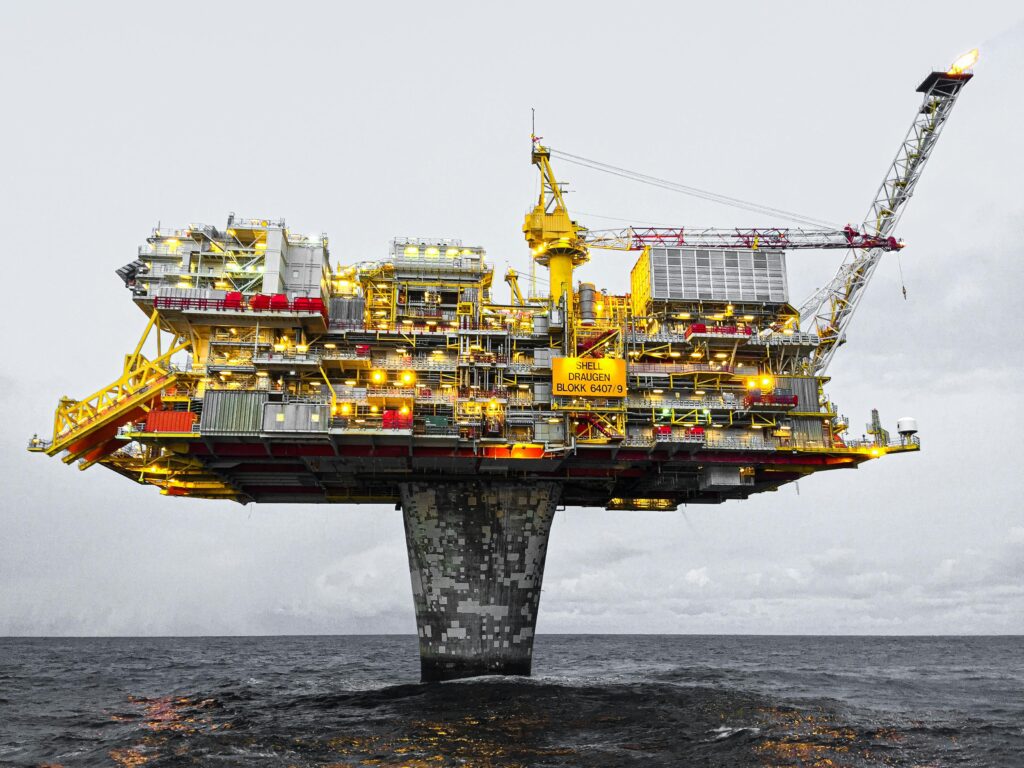- Politics
- Russian energy exports
- By Manohar Patil
Russia's Evolving Role in Global Energy: A Look at Oil and Gas Exports
For decades, Russia has been a powerhouse in the global energy market, wielding significant influence as a major exporter of oil and natural gas. Its vast reserves and extensive infrastructure have historically positioned it as a critical supplier, particularly to European nations. However, recent geopolitical events, most notably the conflict in Ukraine and subsequent international sanctions, have significantly reshaped the landscape of Russian energy exports.
A History of Dominance in Oil and Gas
Historically, Russia has ranked among the top global producers and exporters of both crude oil and natural gas. With immense reserves in regions like Western Siberia, Russia’s energy sector has been a cornerstone of its economy, generating a substantial portion of its federal budget revenue. Prior to the full-scale invasion of Ukraine in February 2022, Russia was the world’s largest exporter of natural gas and a top-tier crude oil exporter, supplying a significant share of Europe’s energy needs through a network of pipelines. This dominant position gave Russia considerable geopolitical leverage.
The Impact of Sanctions and Market Shifts
The comprehensive sanctions imposed by Western nations in response to the conflict in Ukraine aimed to cripple Russia’s ability to finance its war efforts. These measures included bans on seaborne crude oil imports, price caps on Russian oil, and efforts to reduce reliance on Russian natural gas. While initially intended to severely curtail Russia’s energy revenues, the impact has been more nuanced than some anticipated.
Russia has responded by rerouting its energy flows, primarily redirecting crude oil and, to a lesser extent, natural gas to new markets. Countries in Asia, particularly China and India, have stepped up their imports of Russian oil, often purchasing it at discounted prices. This shift has been facilitated by the growth of a “shadow fleet” of tankers operating outside Western insurance and regulatory frameworks, though Western countries are working to plug “refining loopholes” that allow Russian crude to be processed in third countries and then sold to sanctioning nations.
Current Landscape of Russian Energy Exports
While Russia is no longer the largest exporter of natural gas (especially pipeline gas to Europe), its role in global oil markets remains substantial. It consistently ranks among the top three oil producers globally, alongside the United States and Saudi Arabia, and remains a significant oil exporter.
In terms of buyers:
- Crude Oil: China and India are currently the largest purchasers of Russian crude, absorbing a significant portion of what was previously sent to Europe. Turkey also remains a notable buyer.
- Natural Gas (LNG): The European Union, despite efforts to diversify, continues to be the largest buyer of Russian Liquefied Natural Gas (LNG), followed by China and Japan.
- Pipeline Gas: While pipeline gas exports to Europe have drastically reduced (with some continuing via TurkStream to countries like Hungary and Slovakia), Russia is increasing its pipeline gas exports to China.
Despite sanctions, Russia has managed to maintain considerable revenue from its fossil fuel exports, albeit at potentially lower prices for some products. These revenues continue to be crucial for financing the Russian state budget.
The Future of Russian Energy Exports
The long-term outlook for Russian energy exports is characterized by continued adaptation and diversification. While Russia has successfully found new markets for its oil, particularly in Asia, the shift has come with increased logistical costs and discounts. The future of its natural gas exports, especially pipeline gas to Europe, remains uncertain as the EU actively pursues strategies to eliminate dependence on Russian gas by 2027. Russia will likely continue to strengthen its energy ties with Asian economies, while navigating ongoing international pressure and the evolving dynamics of global energy supply and demand.
Share this Article
WhatsApp
LinkedIn
Telegram
Email
Get Daily Updates to Your Inbox
Subscribe to News Letter
Advertisement


